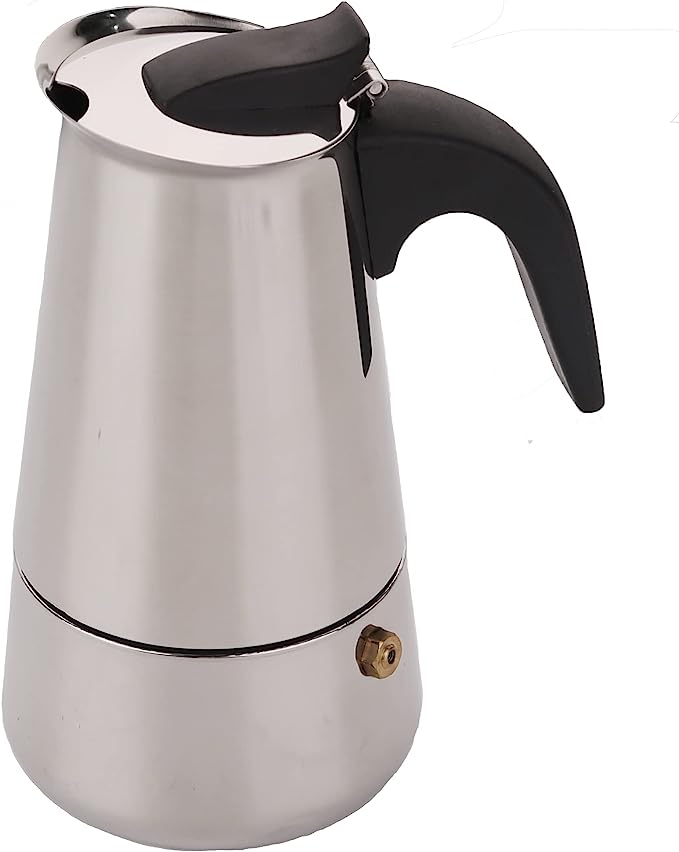YTFLOT YYJ2-1000 Milk Tea Shaker: Your New Best Friend for Perfect Bubble Tea
Update on July 6, 2025, 3:42 a.m.
Let’s journey back in time. Forget, for a moment, the polished steel and quiet hum of modern kitchens. Picture instead the mid-19th century: gas lamps cast a warm glow over a wooden bar, and the air is thick with chatter. It’s here, in this era of spectacle and nascent science, that a revolution in a glass occurred. Legend has it that an innkeeper, perhaps the pioneering bartender Jerry Thomas, first took two serving tins, nested one inside the other with liquid and ice trapped between them, and gave them a furious, rattling shake. The result was alchemy. A drink that was not just mixed, but transformed—chilled to its core, frothy, and alive in a way no stirred concoction could ever be.

This was the birth of the shaken drink, a moment of pure, raw genius. But it was also the birth of a problem. The art was inconsistent, depending entirely on the strength, stamina, and flair of the individual. One bartender’s vigorous shake was another’s gentle rock. The perfect chill and texture were fleeting, a product of muscle and luck. For over a century, the soul of the shake remained a beautiful but untamed force.
What was the magic really happening inside that rattling metal vessel? To understand, we need to trade the bartender’s apron for a scientist’s lab coat. The violent agitation is a carefully controlled chaos, governed by some beautiful, fundamental principles of physics and chemistry.
First, there’s the chill. This is basic thermodynamics, but it’s more elegant than you might think. As the ice shards slam against the liquid and the container walls, they don’t just cool the drink; they sacrifice themselves. Each gram of ice that melts absorbs a significant amount of heat energy from the surrounding liquid, a process far more efficient than simple contact. This is why a shaken drink gets colder, faster, than a stirred one. That bit of meltwater, the dilution, is not a flaw; it’s a feature, softening the harsh edges of spirits and binding the flavors together.

Then comes the texture, the silky, creamy mouthfeel that is the hallmark of a great shake. This is the science of fluid dynamics and emulsification at play. The shaker’s motion creates a powerful vortex, a miniature tornado in a glass. This vortex forcefully combines ingredients that normally resist each other, like the oils from a lemon peel and the water-based components of the drink. It shatters them into microscopic droplets, creating a temporary but stable mixture called an emulsion. It’s the very same principle you use when whisking oil and vinegar to make a salad dressing, but supercharged. This process, along with the weaving of millions of tiny air bubbles into the liquid—a process called aeration—is what gives a shaken drink its characteristic velvety body and frothy head.
For generations, harnessing this complex dance of physics was an art form. But art is difficult to scale, and consistency is king, whether you’re running a bustling bubble tea cafe or a high-end cocktail bar. This is where engineering, the practical application of science, enters the story.
Consider a modern machine like the YTFLOT YYJ2-1000 Milk Tea Shaker. It isn’t designed to replace the soul of the shake, but to give it a reliable, powerful, and precise body. Its robust 120-watt motor, driving the cups at a speed of around 320 revolutions per minute, is not about brute force. It’s about generating the perfect, repeatable vortex, every single time. It’s a level of consistency that even the most seasoned human arm cannot hope to match after a long shift. The exhaustion that plagued those 19th-century pioneers is engineered away.
The guesswork of “how long to shake” is also eliminated. The adjustable timer turns instinct into a precise, scientific variable. A delicate green tea, which might become bitter from over-agitation, can be set for a brief 10-second dance. A cocktail needing significant chilling and dilution, or a protein shake needing to be completely homogenized, can be given a longer, more vigorous session. This control allows a recipe to be perfected and then replicated flawlessly, ensuring every customer gets the exact same experience.

The evolution of materials is just as important. The early tin shakers have given way to gleaming stainless steel. This isn’t just for aesthetics. As material scientists know, food-grade stainless steel contains a high percentage of chromium, which forms an invisible, self-healing “passive layer” on the surface. This microscopic shield protects the metal from the acids in citrus and the corrosive effects of daily cleaning, ensuring hygiene and durability. The machine’s architecture speaks to modern efficiency, too. A dual-cup design is the engineer’s elegant nod to the bartender’s oldest nemesis: a long line of thirsty patrons. It’s a simple application of parallel processing that doubles output without doubling the effort.

So, when you see a machine like this at work, you’re witnessing more than just automation. You’re seeing the culmination of a 150-year-old quest. You’re seeing the answer to the challenges that faced the very first bartenders who dared to create a ruckus in a glass. The technology hasn’t removed the magic; it has captured it, stabilized it, and made it available to everyone. It ensures that the soul of the shake—that perfect, fleeting combination of chill, texture, and flavor—is no longer a product of luck, but a beautiful and repeatable triumph of science.



















